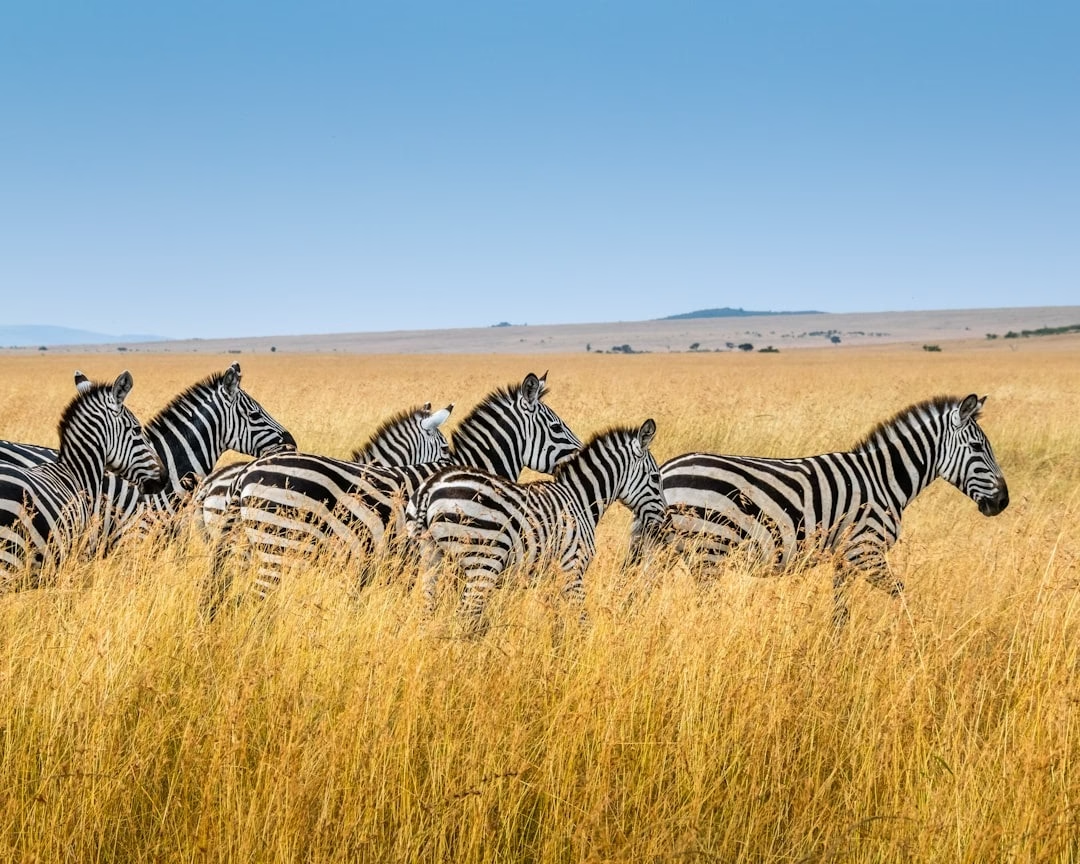
Technology has proven to be a vital element in every aspect of our daily activities as humans. Have you ever thought of the impact technology and artificial intelligence will have if used well in conservation of endangered animals and plant species as a result of illegal human activities in the ecosystem? With the advancement of technology artificial intelligence has penetrated every human endeavors and its high time we embrace and enhance these tools to ensure eased conservation efforts resulting to balanced ecosystem.
For many decades we have used traditional methods of conservation that is struggling to keep pace with the evolving complexity in conservation efforts. Advancement of technology used in illegal activities such as poaching and logging, climate change and change in animal behaviors all that can be solved through embracing technological tools and Artificial Intelligence against destruction of wildlife ecosystem.
The first and vital step in conservation effort is collection of appropriate data which aids in effective allocation of resources and personnel thus influencing conservation policies. These data can be easily collected by use technological tools such as satellites, drones and camera traps that can be integrated with AI to ensure only the needed data is collected through image recognition that can automatically identify species, detect the rare ones and even counting the individuals. It will make data collection more effective and accurate hence saving time, monitoring animal behaviors and saving on the resources used.
Technology and Artificial intelligence can also be used to create awareness on conservation thus enabling effective championing of wildlife conservation. It can be achieved through bulk messaging, development of conservation applications and online platforms where large population of the future generation of conservationists and youths have presence. Considering the ability and energy of these young population to use technological tools it will be an effective way if these tools are at par with their energies.
To ensure safer coexistence between animals and humans Artificial intelligence driven systems can manage smart fencing and wildlife corridors thus detecting motion and illegal activities therefore alerting authorities or redirecting animals away from danger zones and agricultural farms. Through this the government as well as other stakeholders in conservation will save huge amount of money annually used to compensate victims of wildlife human conflicts.
The incorporation of technology and Artificial Intelligence in conservation will guarantee more precise monitoring, rapid response to conservation efforts, data driven decision making thus a more promising path towards a more sustainable and biodiverse future.
Although these technological tools are good for conservation efforts we understand the challenges that is also faced as some of these tools require power to function, internet connection, data overload, extreme harsh weather conditions such as wind and rains and inadequate resources for maintaining and procuring of these technological tools. Conservationist, technologists, engineers and all those in technological sector should work hand in hand to solve these challenges to make technology and artificial intelligence conservation friendly.